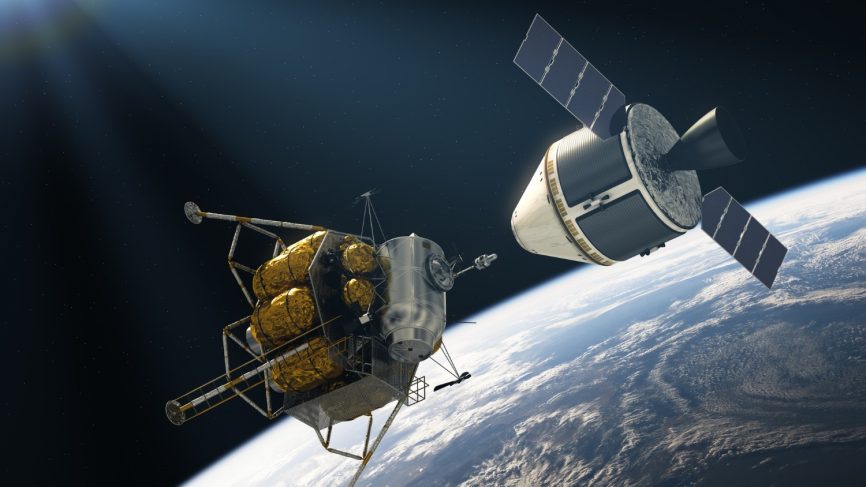- Indian Space Research Organization (ISRO), the government body responsible for developing space technology, is all set to launch Chandrayaan -3 based on the learning from Chandrayaan-2.
- In the last few years, the Modi government has pushed for reforms in the space sector by enabling the entry of private players in space technology.
- For the Chandrayaan-3 mission, ISRO will be tying up with JAXA (Japanese Aerospace Exploration Agency).
In the post-independence period, India missed many modern technologies and innovations due to the policies of the Congress government. However, a few fronts where India remained on par with the top nations are Space Technology and Nuclear Technology.
While Nuclear Technology in India is still constrained as far as commercial use (electricity generation) is concerned, on the space technology front, the country has been commercially successful by launching the most efficient – with prices lower than Hollywood movies – and technologically sophisticated missiles.
Indian Space Research Organization (ISRO), the government body responsible for developing space technology, is all set to launch Chandrayaan -3 based on the learning from Chandrayaan-2. In a written reply to a question in the Lok Sabha on Wednesday, Jitendra Singh, Union Minister of State (Independent Charge) Science and Technology, said, “Based on the learning from Chandrayaan-2 and suggestions made by the national level experts, the realization of Chandrayaan-3 is in progress. Many related hardware and their special tests are successfully completed and the launch is scheduled for August 2022.”
In the last few years, the Modi government has pushed for reforms in the space sector by enabling the entry of private players in space technology. These private players will be able to use the platform and infrastructure of ISRO for a nominal fee and innovate on top of that to offer services for commercial applications. The United States is already taking a very successful leap toward the commercialization of space technology and the entry of players like Elon Musk and Jeff Bezos has brought a new dynamism to the sector.
As per the Economic Survey, the space technology startups are growing exponentially in India and the number has reached 44 within a few years of opening up the sector. ISRO is arguably the most prominent space technology organization after NASA and in commercial technology also, India is following the lead of the United States. However, in commercial space technology, India is expected to race ahead of the United States in the next few years given lower prices in the country.
After the launch of Chandrayaan 2, Prime Minister Modi lauded the efforts of ISRO and also outlined the importance of such advances. He tweeted “Efforts such as #Chandrayaan2 will further encourage our bright youngsters towards science, top quality research and innovation. Thanks to Chandrayaan, India’s Lunar Programme will get a substantial boost. Our existing knowledge of the Moon will be significantly enhanced.”
For the Chandrayaan-3 mission, ISRO will be tying up with JAXA (Japanese Aerospace Exploration Agency). A statement issued by ISRO stated, “Isro and Jaxa scientists are conducting a feasibility study to realise a joint satellite mission to explore the Moon’s polar region.”
The lunar mission will be launched by Japan’s H3 launch vehicle, which is currently under development. The lunar mission will send a rover-loaded lander to the moon. The lander will touchdown on the moon’s south pole, where water is believed to exist. The rover will then try to explore an area of 500 square meters and try to detect water on the surface of the moon using onboard analysis equipment. Takeshi Hoshino, a principal engineer at JAXA said, “We want to get ahead of the world in confirming the presence of water on the moon.” He added, “Finding water on the moon would lead to broadening the range of activity for humankind and make lunar exploration more active than ever.”
The leap in emerging space technology will help India to make the sector revenue-earning industry for the government as well as companies in India. The ISRO is already launching satellites for many friendly countries in Latin America and Southeast Asia. India is emerging as the leader of the global south given its ability to offer technologically sophisticated goods and services at a competitive cost.
